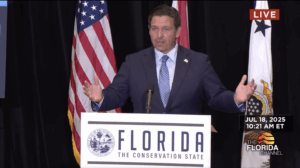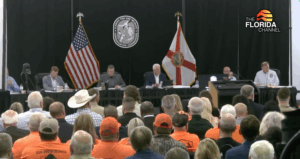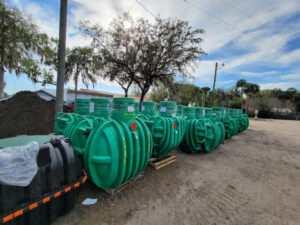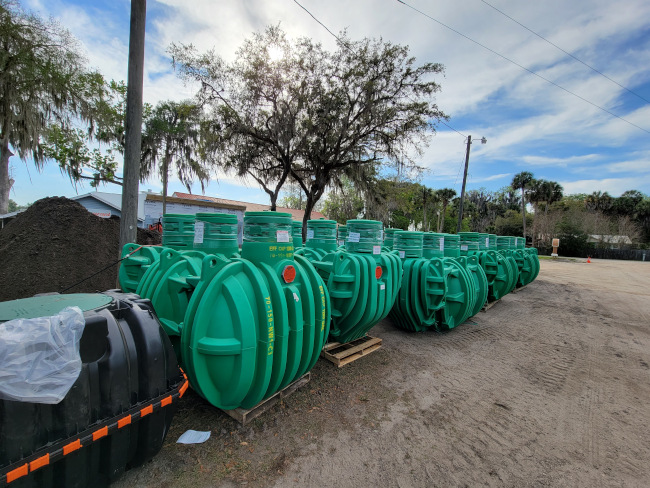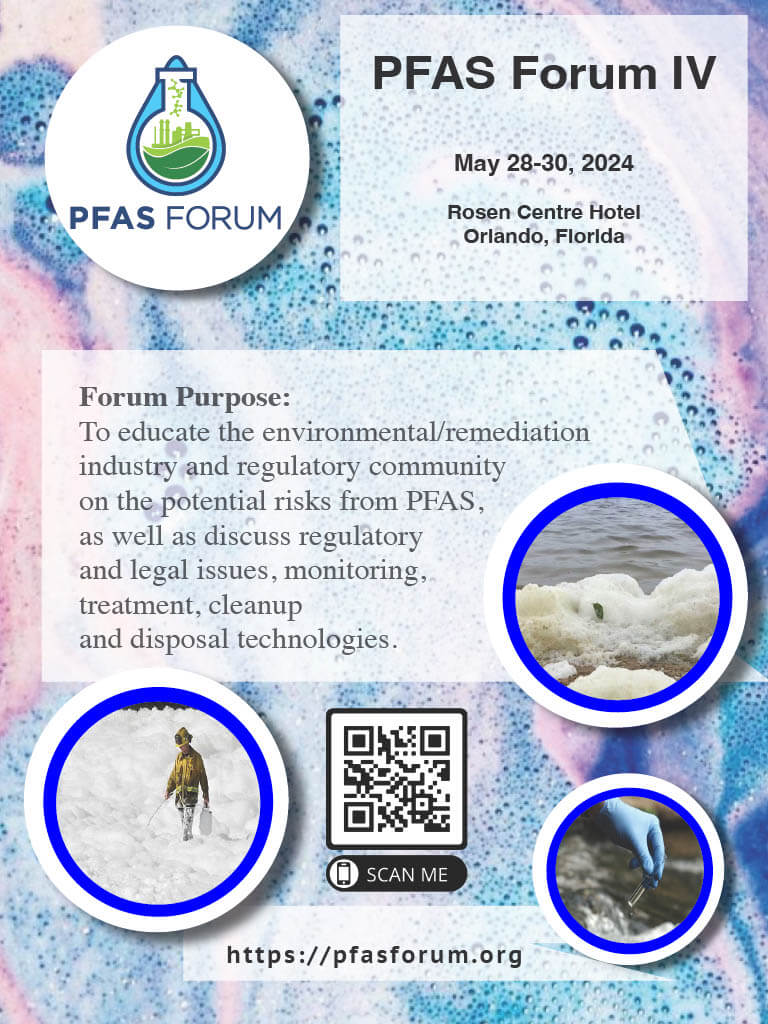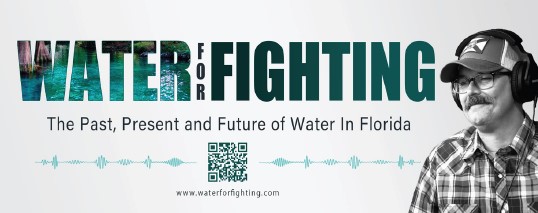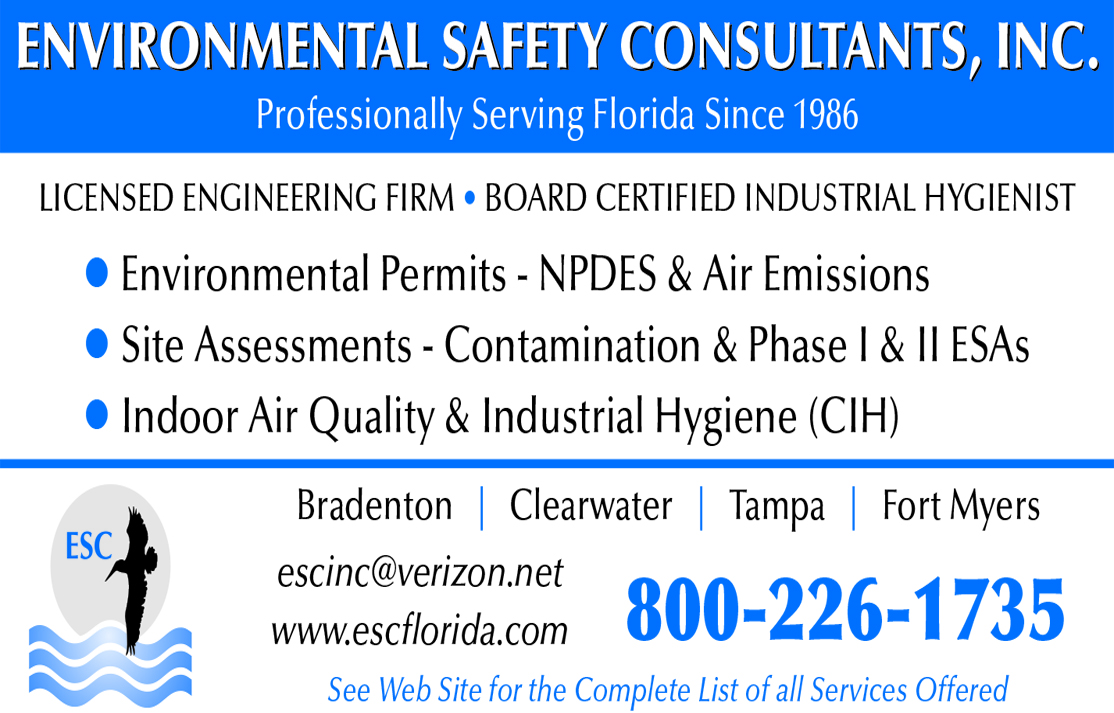BY JORGE CASPARY, PG
The U.S. Environmental Protection Agency is not shying away from the controversial and likely expensive ramifications of Per- and Polyfluoroalkyl Substances (PFAS) in the environment, announcing actions to combat contamination.
“I have long been concerned about PFAS and the efforts to help states and communities dealing with legacy contamination in their backyards,” said EPA Administrator Lee Zeldin in a news release. “With today’s announcement, we are tackling PFAS from all of EPA’s program offices, advancing research and testing, stopping PFAS from getting into drinking water systems, holding polluters accountable, and providing certainty for passive receivers. This is just a start of the work we will do on PFAS to ensure Americans have the cleanest air, land, and water.”
EPA stated its goal is to strength the science behind PFAS, enhancing communication and fulfilling statutory obligations, and building partnerships to combat PFAS. PFAS are man-made chemicals used commercially since the 1940s and are often referred to as “forever chemicals” due to their resistance to heat, oil, and water. They are considered problematic due to their persistence.
Some likely activities by EPA as it continues developing a plan to combat PFAS:
A PFAS Czar
EPA anticipates naming a PFAS Czar. It is likely this person will set the policy with Administrator Zeldin. This will be a key post, and a difficult position, tasked with setting complex policy and operational decisions
Reporting Requirements
As expected, EPA will continue to add PFAS to the Toxic Release Inventory program. It will also implement reporting rules under the Toxic Substances Control Act (TSCA). However, the EPA indicated that its reporting policy signals a potential return to the de minimis exemption. In an EPA proposed rule, the de minimis exemption was a subject of much debate and thousands of stakeholders asked EPA to look into this matter. It is expected that EPA will have a de minimis exemption for reporting.
Remediation Liability
Another important signal of a shift relates to the Superfund program, which imposes financial liability for the remediation of PFAS contamination. EPA is emphasizing shielding “passive receivers” from cleanup liability. It’s currently unclear whether this will occur in law or in policy. The new approach will likely expand those protections to other passive receivers (landfills, airports, seaports, the wastewater industry, cities, etc.). The EPA also indicates that it will explore how to “better use” statutory authorities to manage PFAS in waste streams. The agency’s earlier proposal to apply the Resource Conservation and Recovery Act (RCRA) program to PFAS may now be withdrawn.
Drinking Water Quality
This is the area that likely will have the largest impact on communities. The EPA will continue to develop effluent limitations guidelines to reduce PFAS discharges and will enforce Clean Water Act provisions to prevent further contamination. The agency also indicates that maximum contaminant levels under the Safe Drinking Water Act will remain part of the PFAS agenda but will explore options to mitigate the cost impact on ratepayers.
This will become a major initiative for the EPA and likely will drive thousands of public comments, stakeholder feedback, and attempt to thread a needle between environmental protection and the sheer level of funding that may be required to fix a decades-long challenge. Impacts specifically to Florida remain unknown, but observers are watching to see how the agency navigates the challenge.


